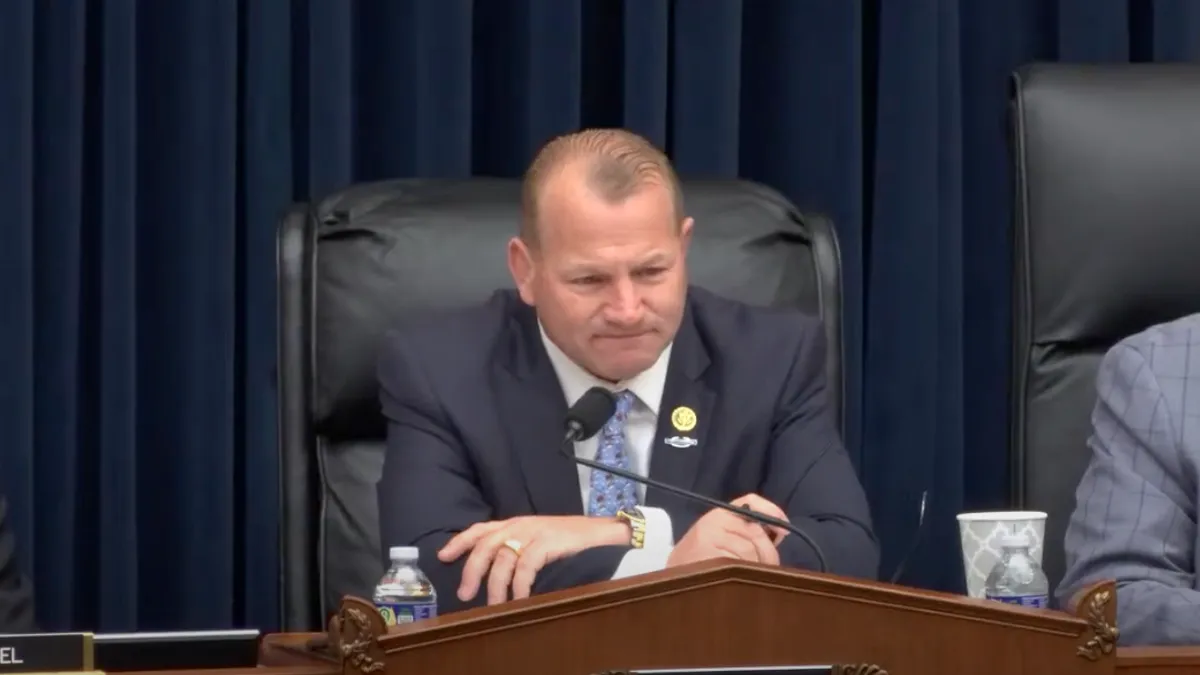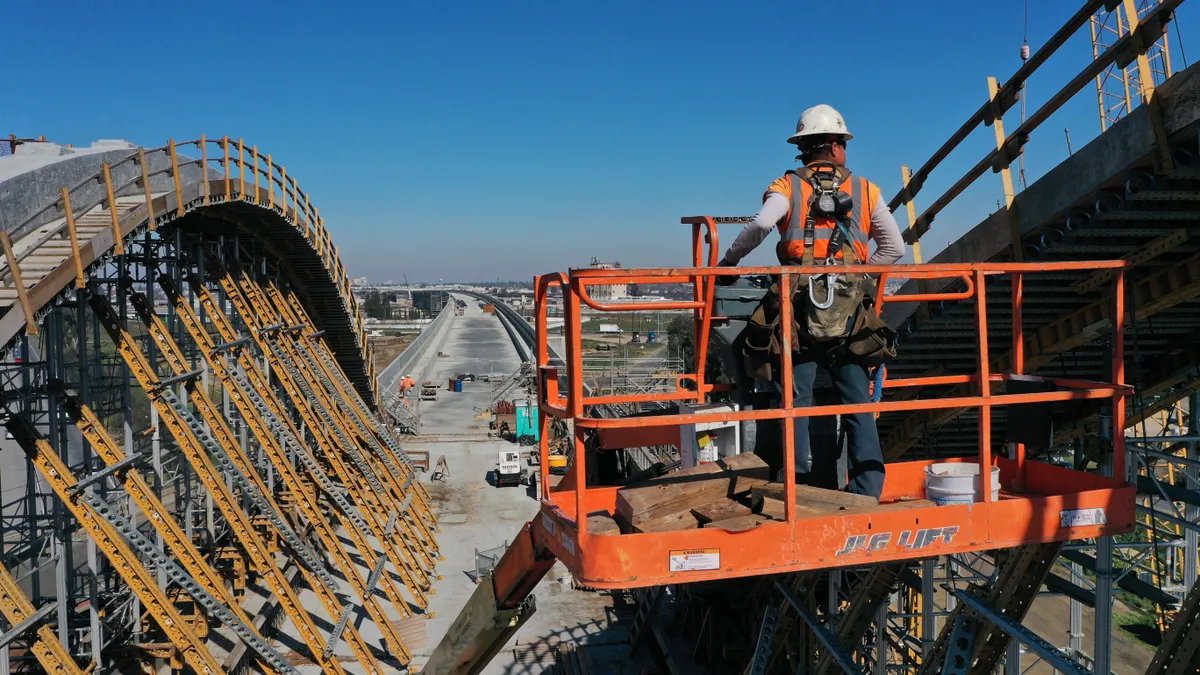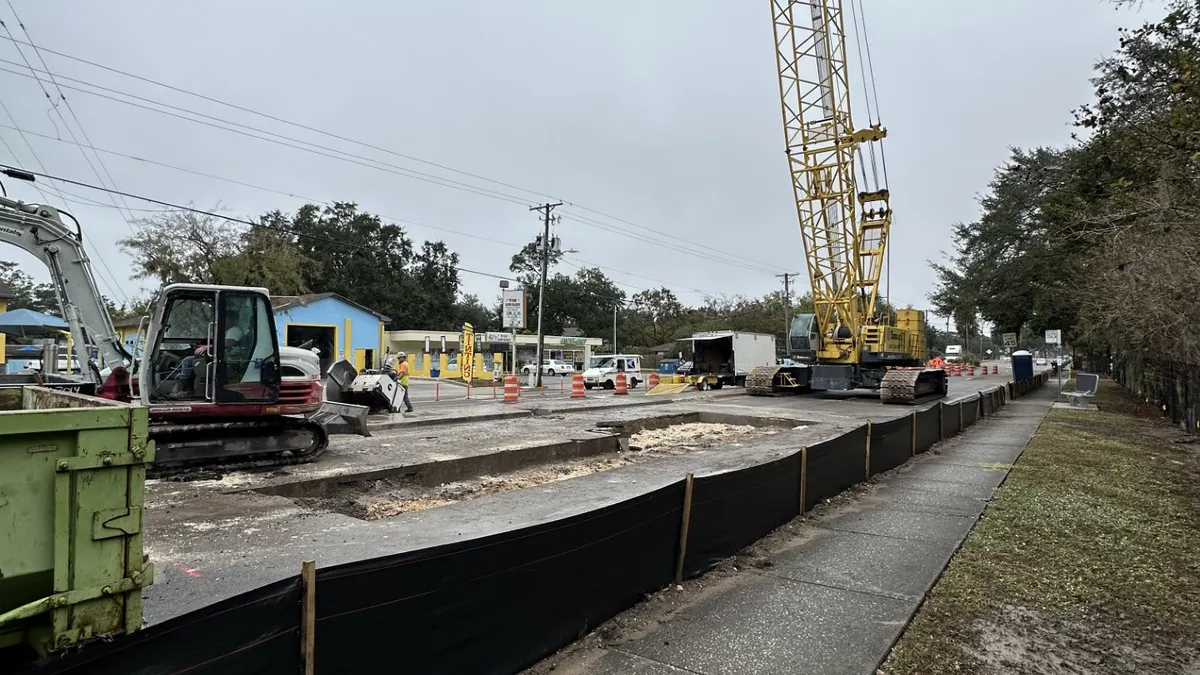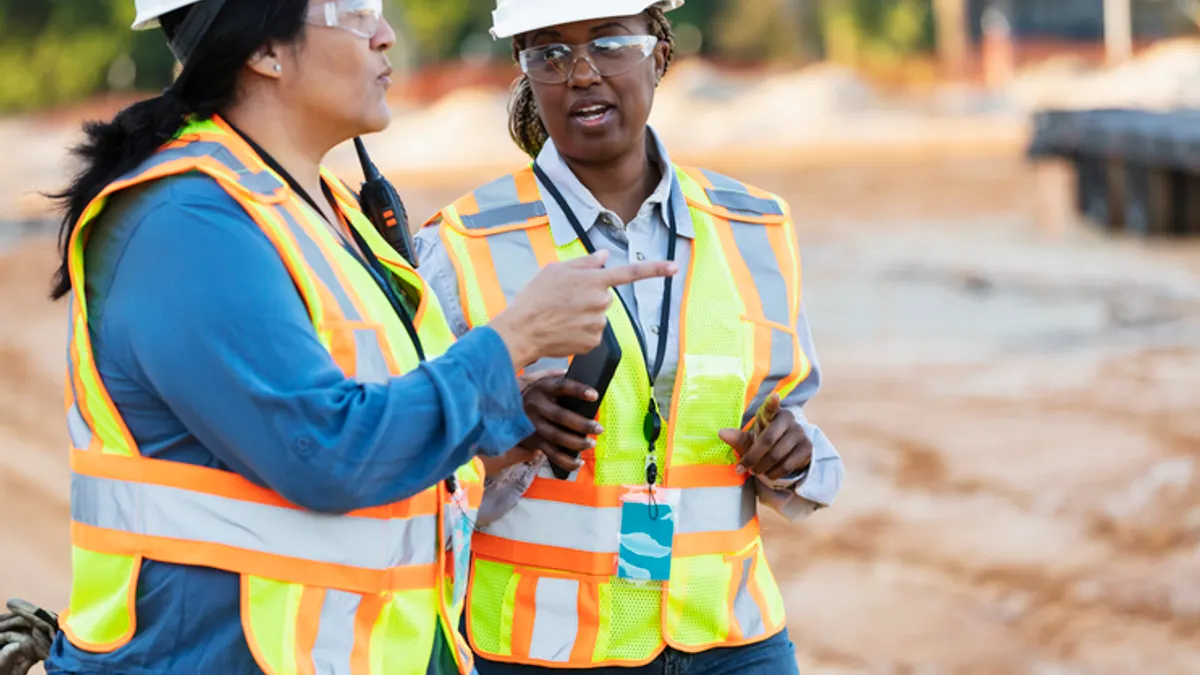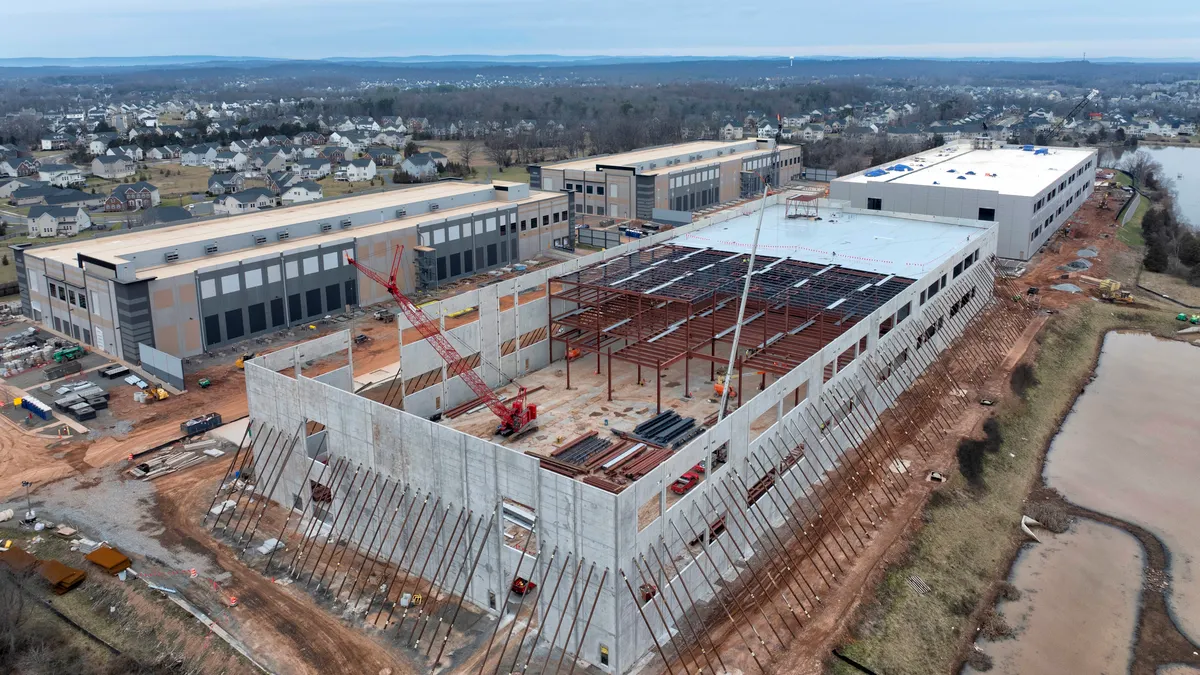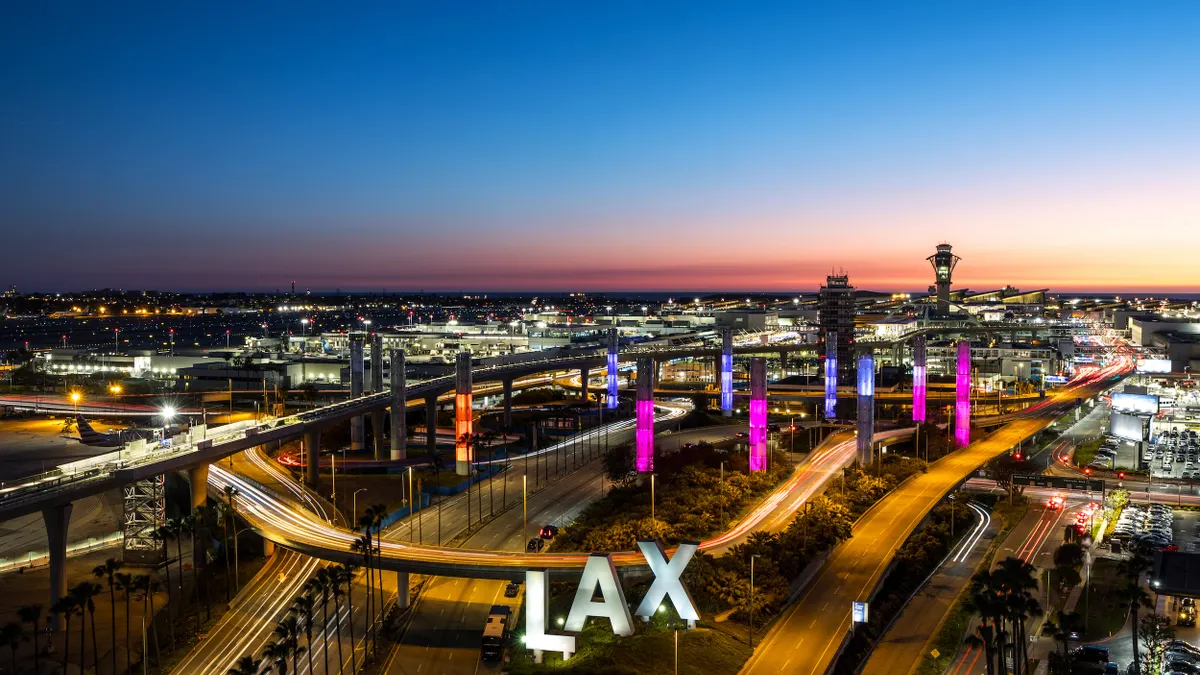A subcommittee of the House Transportation and Infrastructure Committee met Wednesday to discuss intercity passenger and high-speed rail. Members on both sides of the aisle largely expressed support for high-speed rail, but some Republicans took issue with the Los Angeles-to-San Francisco project that is over budget and lags behind its original timeline for completion.
“I’m on the record supporting high-speed rail,” said Rep. Troy Nehls, R-Texas, adding, “I like the idea of that rail line between Houston and Dallas.” But Nehls said in his opening statement that the California project “has been plagued by a failure to account for actual costs” along with construction delays and land acquisition issues. “The California high-speed rail project shows the failures of poor planning and government incompetence,” he said.
Lee Ohanian, economics professor at the University of California, Los Angeles, testifying at the hearing, fielded Nehls’ questions about the challenges that California’s project faces. “California HSR began its life with $10 billion in voter-approved bond funding but without a legitimate business plan,” Ohanian said. “Some of this reflects mistakes in management and accountability, but it also reflects the failure to identify and mitigate the risks and uncertainties with projects of this size.”
But there is another California high-speed rail project both parties like: the Brightline West plan to connect Las Vegas and Southern California. The project is led by the same company that established 125-mph train service in Florida, a 235-mile line connecting Miami and Orlando with cities in between, largely built with private-sector investment.
“Private sector HSR is incentivized to find routes where there’s substantial demand, which is what we all want, and they’re also incentivized to build efficiently, which is what we all want,” Ohanian said. “This suggests significant potential for private-public HSR partnerships.”
Nehls also questioned Austin, Texas, Mayor Kirk Watson about passenger rail and the proposed Texas Central HSR project to link Dallas and Houston. While Watson demurred that he wasn’t as knowledgeable about the high-speed rail project, he said, “I would argue that the Texas triangle is the lowest-hanging fruit in the nation for improving intercity passenger rail service.”
Referring to the fast-growing metropolitan areas of Dallas-Fort Worth, Houston, Austin and San Antonio, Watson said, “Projections show that the developing passenger rail service in that triangle will produce robust ridership with a relatively modest capital investment because of the population, the density of that population, the economy and the demographics.”
Democrats, led by Rep. Donald Payne of New Jersey, took the opportunity to lambast Republicans for looking to cut funding for Amtrak by about $1.6 billion in the 2024 fiscal budget. “Fortunately, these drastic cuts were too severe to pass the House, allowing the Senate to pursue a more balanced bill aligned with the success of the bipartisan infrastructure law,” Payne said. House Republicans have also looked to pass legislation blocking any federal funding for the LA-San Francisco California project.
Republican Rep. Doug LaMalfa of California, a longtime opponent of the California high-speed rail project, asked witness Stacey Mortensen a theoretical question as to whether she would abandon the project. Mortensen is the executive director of the San Joaquin Joint Powers Authority, which oversees passenger rail service in a California region that includes the area where the high-speed project is now under construction.
“I think at some point, a step has to be taken backward,” she replied. “I know there’s extreme pressure on the High-Speed Rail Authority to keep moving forward, to keep solving the problems, to keep finding the money.”
The California High-Speed Rail Authority and Brightline West are both vying for a slice of the $4.6 billion that will be available through the Federal Railroad Administration’s Federal-State Partnership for Intercity Passenger Rail Grant Program for projects outside the Northeast Corridor. Sources tell Smart Cities Dive that a decision from the FRA is imminent.



